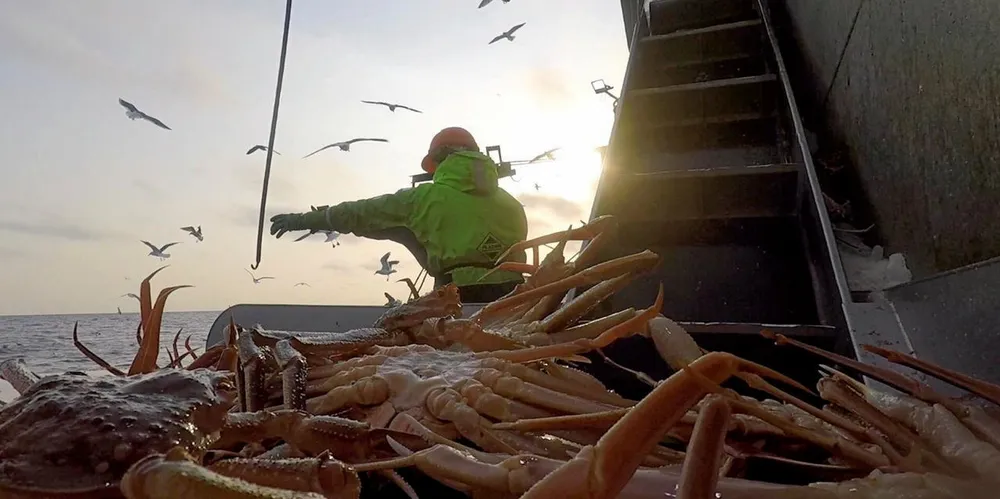With few alternatives, fears grow that Russia’s crab harvesters may suspend fishing over export bans
Restricted access to foreign markets -- the US in particular -- threatens the Russian crabbing industry, which has few viable alternatives.

Restricted access to foreign markets -- the US in particular -- threatens the Russian crabbing industry, which has few viable alternatives.
